Looking at the "Virtual" and "Real" of Human-Computer Interaction from the Perspective of iPhone 16
![]() 09/13 2024
09/13 2024
![]() 653
653
For those who are following the release of Apple's new iPhone 16, keen observers may have noticed an additional physical button on the side of the phone.
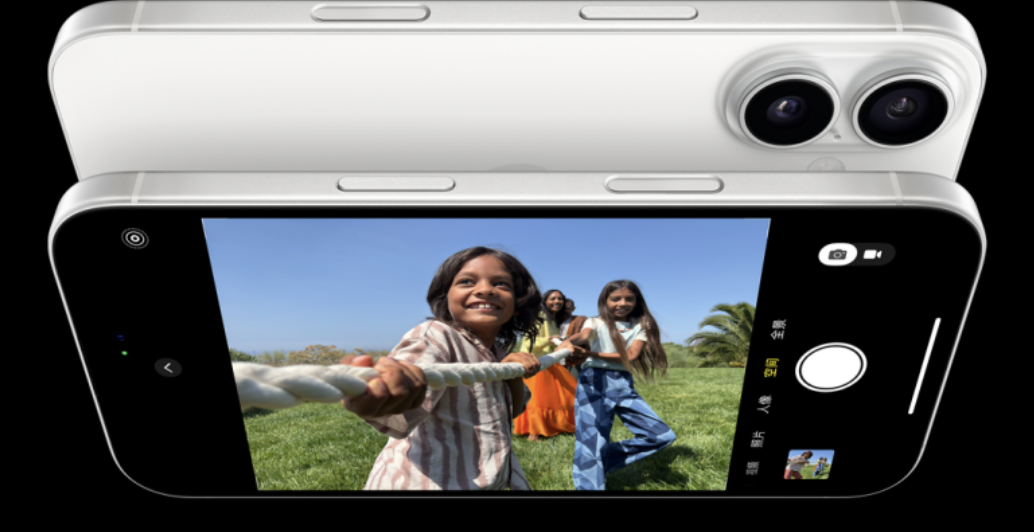
As rumored earlier, this new button serves as a camera control key, allowing for camera control with a simple touch, swipe, or press.

[01] Buttons Have Never Been the Innovation
When Steve Jobs and the Apple design team were discussing ways to reduce the number of buttons on phones, their competitors were likely boasting about the cool functional buttons they were designing for their phones' sides.
Side buttons for volume control, side scroll wheels, player controls, shutter controls, etc., were all once popular.
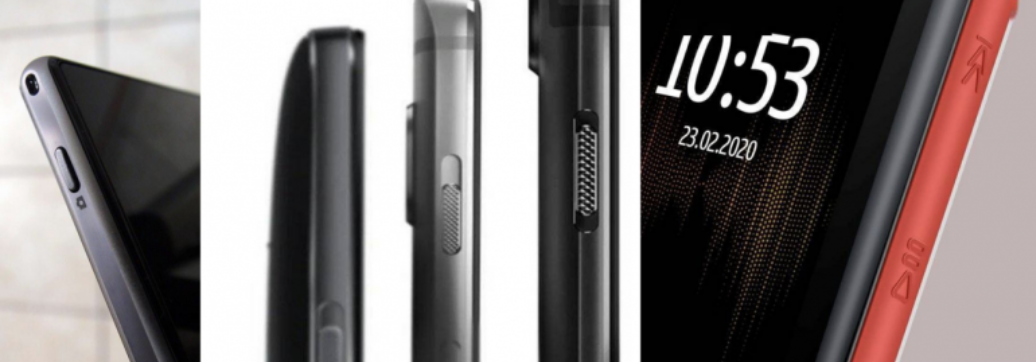
The addition of a button for camera control may not be as straightforward as it seems.
[02] You See a Button, Apple Sees the Future of Human-Computer Interaction
In the field of human-computer interaction, Apple has always been a leader in technological trends. Since the advent of smartphones, Apple has been committed to replacing physical buttons with virtual ones on touchscreens, embarking on a path of "virtualizing" the user interface. This shift back to physical buttons may represent a deeper understanding of the ultimate realm of human-computer interaction for Apple.
You might think of this side button as a mere technical upgrade of a control button, but delving deeper, it could signify yet another revolution in human-computer interaction.
? Apple's first touchscreen revolutionized smartphones by drastically reducing the number of physical buttons, marking a significant shift in human-computer interaction.
Apple's new camera control button is not just a simple press button; it's a force-touch button, with technology on par with that of early capacitive touchscreens.
[03] Behind the Evolution of Mobile Human-Computer Interaction Lies a Potential Giant
Apple is not the first to adopt force-touch technology.
In 2015, Nubia introduced the Z9, the first smartphone with a force-sensitive side volume button, utilizing NDT's force-touch technology.
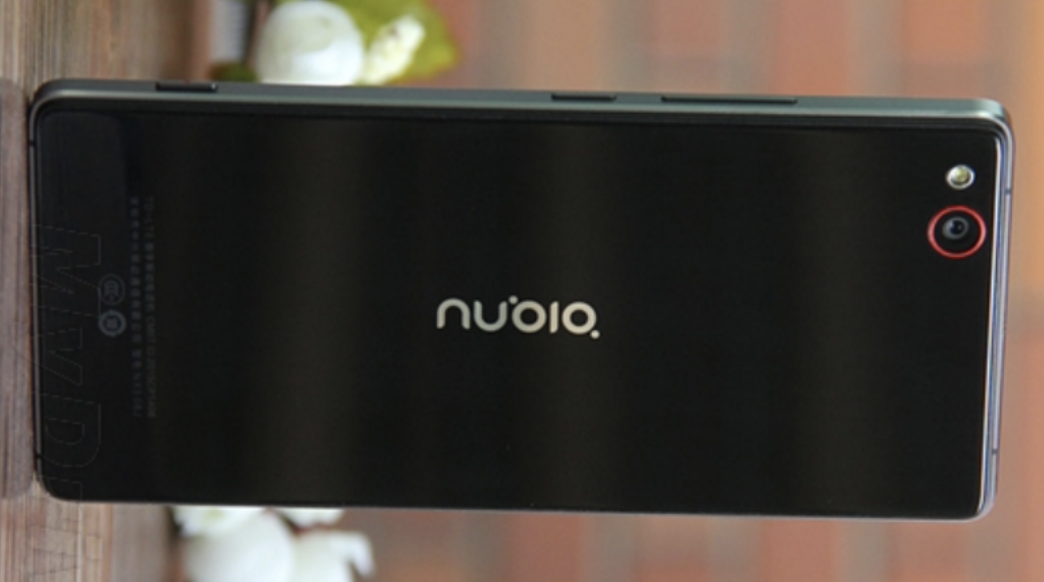
Prior to this, Nubia attempted to implement force sensing through capacitance in their side buttons with the FiT technology, but it was unsuccessful.
In 2017, Google released the Pixel 2 and Pixel 2XL, both featuring Edge Sense technology and utilizing NDT's force-touch sensors.
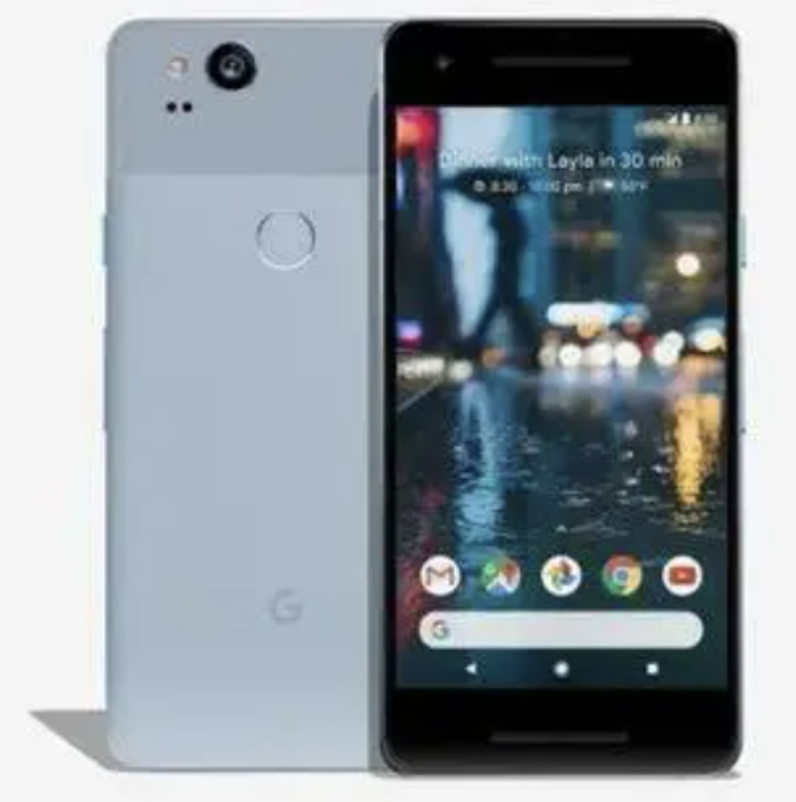
In 2019, vivo launched the NEX 3, the world's first mass-produced buttonless 5G flagship smartphone, again featuring NDT's force-touch technology.
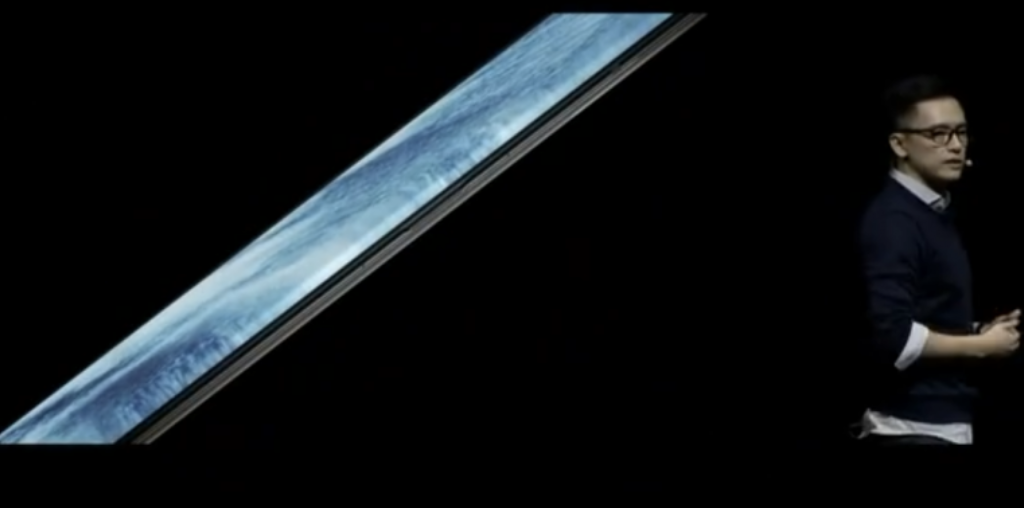
Huawei invested heavily in developing piezoelectric ceramic technology, which they applied to the volume buttons of the Mate 30PRO released in 2019. However, this feature was one of the few criticisms leveled against the phone by users.
With the release of the iPhone 16 and its camera control button, an under-the-radar company, NDT Technologies, has come into the spotlight.
Bezel-less phones have been a trend for years. From Nubia to Google and vivo's first bezel-less phones, to the camera button on the iPhone 16, they all share a common technological heritage. NDT Technologies, the owner of the force-touch technology behind these major phone manufacturers, can no longer remain hidden.
While relatively unknown outside the industry, NDT Technologies' force-touch technology is undeniably groundbreaking.
[04] When It Comes to the Ultimate Realm of Human-Computer Interaction, You Research Technology, Apple Thinks About Human Nature
Some argue that spatial interaction, represented by eye-tracking and gesture control, is the future.
However, consumers appreciate the tangible feel of touch-based interaction, which spatial interaction lacks.
Therefore, the camera control button on the iPhone 16 is merely a form. It is the ultimate realm of human-computer interaction, approached from a human-centric perspective, that may be the secret behind Apple's choice.
And force-touch technology is a crucial piece of this puzzle!





